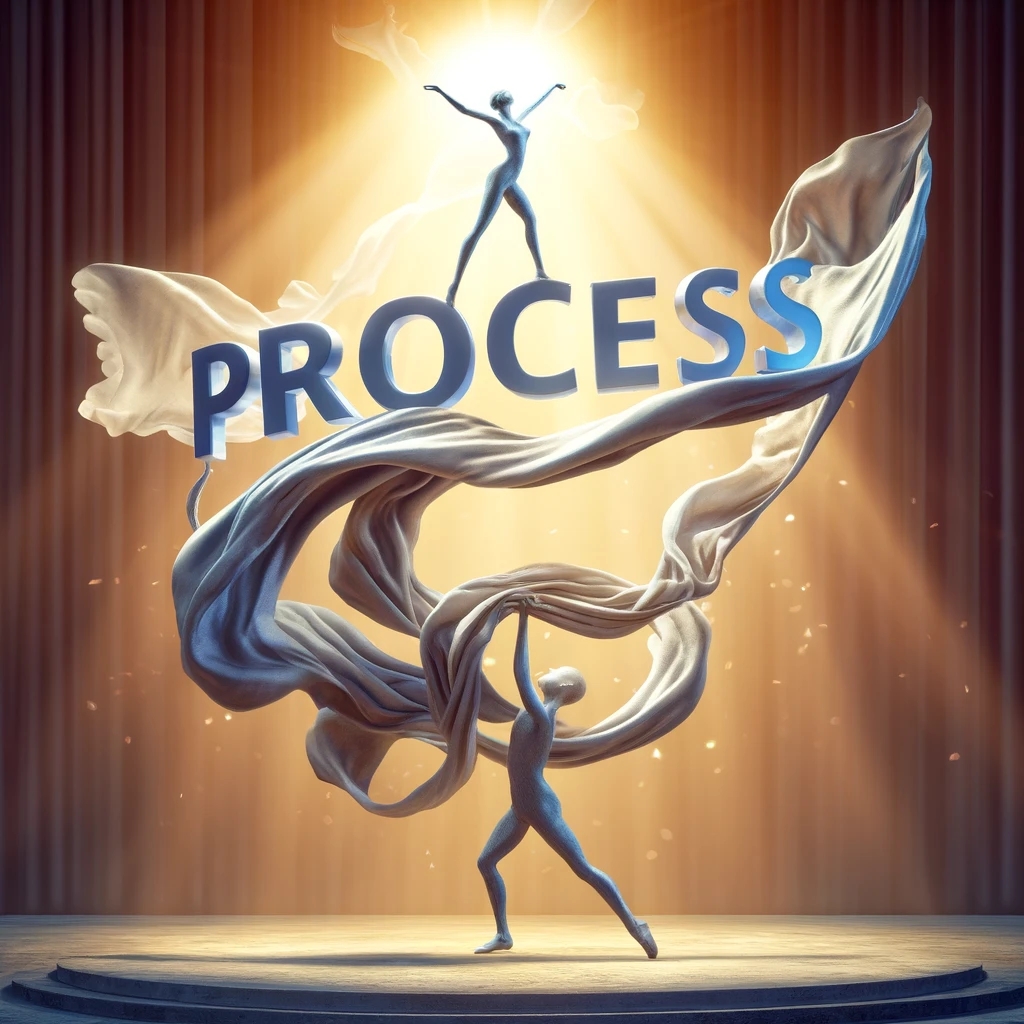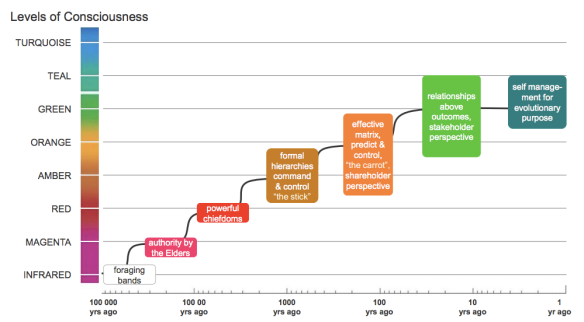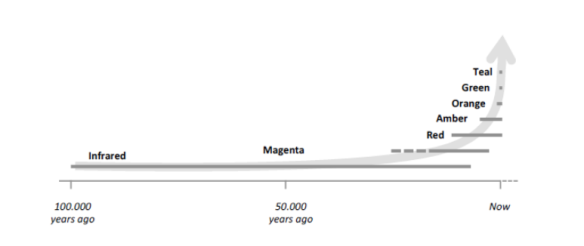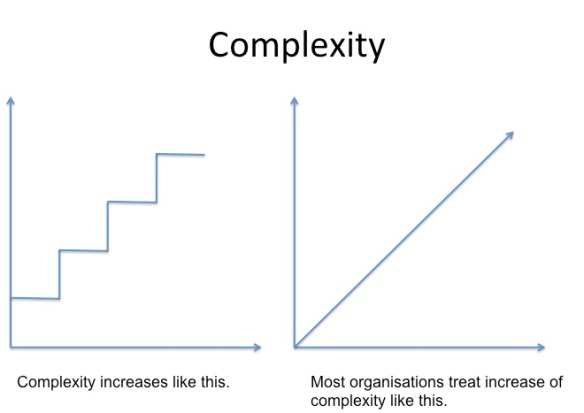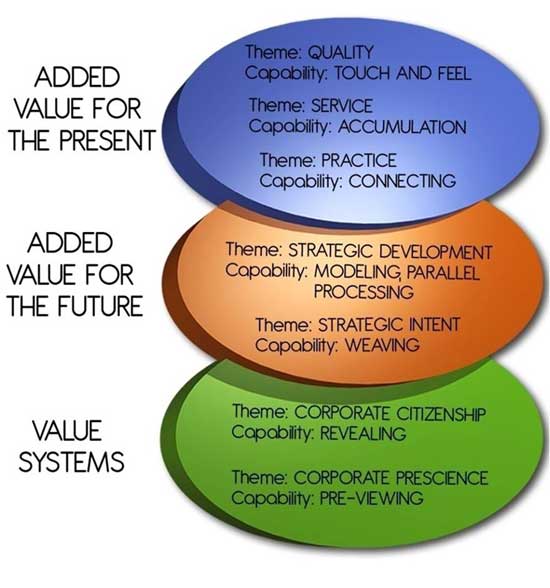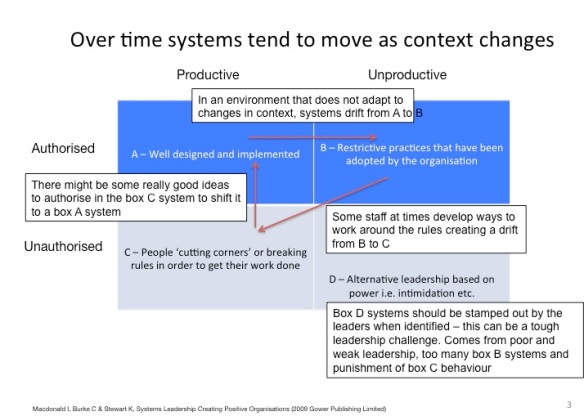
I recently reflected on Stafford Beer’s concept of POSIWID – “The Purpose Of a System Is What It Does,” explored in Harish Jose‘s insightful article, available here A Constructivist’s View of POSIWID.
While I find substantial agreement with the principles of POSIWID as put in the article, it also reignited a question that I’ve been grappling with that intertwines with my ongoing exploration of complexity theory:
Is complexity primarily rooted in our limited knowledge (epistemic), or is it an inherent characteristic of systems themselves (ontological)?
As I read it, POSIWID seems to favour the epistemic lens over the ontological.
Does constructivism have limits in organisational contexts?
While constructivism posits that the observer defines the system’s purpose, I wonder if this perspective can be both limiting at times yet also essential. When each individual’s perception potentially redefines a system’s purpose, aligning these diverse views towards a unified organisational goal can become a formidable challenge. This multiplicity of perspectives, though innovative, risks operational inertia without a structured framework for integration, something that perhaps becomes more important for organisations that favour more decentralised decision making approaches. However, the capacity to view systems differently seems crucial as it prevents organisational ignorance to weak signals, essential for strategic pivots and ongoing viability.
Navigating purpose and adaptability in systems design
Consider a teacup used as a penholder. This simple reimagination by an individual might highlight the flexibility of POSIWID. Similarly, the repurposing of a luxury ocean liner to a floating hospital during wartime exemplifies POSIWID’s adaptability—shifting from leisure to utilitarian roles under external pressures, not individual whims. These different uses or new purposes for something that was originally designed and produced with a different intent in mind also raises questions about POSIWIDs broader impact on organisational coherence.
If there is no shared understanding or agreement of the boundaries and purposes of our organisational systems, is there not the potential for utter chaos? Granted that the boundaries and purposes also have a temporal aspect to them and are (and should be) subject to change. But right now, would we not need agreement on the basics? Are we designing and producing containers for hot beverages, pen holders, or paperweights or as in the other example, are we building a floating hospital or a luxury ocean liner?
Man-made systems like the ones we have in commercial organisations are clearly designed with some intent (which at a high level is to produce goods and/or services). The boundaries of these systems must be agreed at least enough, with the stakeholders involved to corral a level of coherence in the actions these people take in the pursuit of delivering on that purpose.
Some stakeholders are tasked with the responsibility and granted the authority to ensure that systems achieve their intended purposes. However, it’s not uncommon for these systems to remain static despite significant changes in their operational environment that should prompt revisions and updates. Often, instead of a redesign that realigns with the evolving landscape, organisational systems undergo piecemeal disconnected adjustments, no doubt with good intent but often creating local optimisation at the expense of the whole. This incremental approach can result in a patchwork of functions and features—akin to a Frankenstein’s monster—that no one would intentionally design from scratch if the system’s purpose were kept in focus. Such scenarios underscore the need for a more strategic approach to system design and evolution, ensuring that adaptations are thoughtful and cohesive rather than reactive and disjointed.
There will of course be challenges to this and to address these, the boundaries may need to be adjusted to better deal with these, hence why the boundaries can’t be completely fixed or rigid.
You may of course argue (and I for one often do) that the stated purpose of an organisational system hardly does anything remotely close to what’s on the tin. In fact more often then than, not it’s seemingly doing the complete opposite and system owners/custodians are blind to it (or choose to ignore it). Systems for collaboration and teamwork reinforces silo behaviours and reward systems entrench local optimisation efforts by focusing on individual bonuses.
Whilst Beer may have advocated for a Constructivist view, he also developed the Viable System Model which contains systems with defined purposes for organisational viability. System 2’s purpose is to coordinate the operations of system 1 for example. A school using a timetable to coordinate teachers and classes with its scares resources like rooms and equipment could not work if some teachers saw the timetable as a too limiting and decided to operate outside of it. They would of course be allowed to think this and have views on it, but they would have to accept it as an official coordinating system and work within those boundaries or try and engage in a process of redesigning it make it work better.
It seems to me that while individual interpretations of a system’s purpose can and will vary, not all can dictate its operational use. Someone (group or individual) must be able to have a final say on this, at least to lock something in at a point in time to enable people to converge on an agreed purpose. And maybe it’s time we stop relying on single individuals to do this and embrace the collective wisdom available to us already.
This tension between fluidity and fixity in organisational systems leads us into the internal debate about complexity that I’ve been grappling with. As we navigate these challenging waters, we confront the dual nature of complexity. It is in these scenarios where I wonder if POSIWID, viewed through a purely constructivist lens, always prevails.
Epistemic vs. ontological complexity: A dual perspective
This brings us to the core of my internal debate about the nature of complexity. Viewing complexity as epistemic suggests it arises from a lack of knowledge about a system. This form implies that acquiring more information or increasing capability could reduce the perceived complexity. What one person perceives as complex, another might not, owing to differing levels of knowledge or cognitive capability.
In contrast, viewing complexity as ontological means that it is embedded in the very fabric of the situation, independent of our understanding. Recognising whether the challenges we face are due to unknown variables or the inherent nature of systems can significantly influence our management strategies. I’m here reminded of Boulding’s observation that “few errors are more costly than treating systems that possess a high level of complexity with models and methodologies that lack the appropriate sophistication” which I interpret as speaking to the ontological perspective. And is this not exactly what Cynefin set out to help with, make sense of the situation to hopefully avoid or at least minimise this costly error? Risk management also speak about this in terms of the distinction it makes between epistemic risk and aleatory risk which seems to speak to the same two perspectives being present.
Integrating two systems concepts: The Darkness Principle and The Complementarity Law
There are two other systems concepts that come to mind where I think both an epistemic and ontological lens could be applied, at least in my interpretation of them (happy to stand corrected as always).
The Darkness Principle posits that no system can ever be fully known, aligning traditionally with epistemic complexity, where the complexity arises due to what we do not or cannot know. However, this principle also underscores ontological complexity by suggesting some aspects of systems are inherently unknowable—not merely due to current knowledge gaps but because they are intrinsically beyond complete comprehension.
The Complementarity Law underscores the importance of integrating multiple perspectives to achieve a more comprehensive understanding of a system. It highlights that different viewpoints, stemming from varying levels of knowledge and different worldviews among observers, may reveal truths about the system that are neither entirely independent nor entirely compatible. This synthesis of conflicting or complementary models helps appreciate the inherent complexity of a system, not as a limitation of our understanding but as a fundamental characteristic.
Operationalising systems thinking
To manage these complexities, organisations can employ methods like Critical Systems Heuristics (CSH) and Soft Systems Methodology (SSM) to foster an inclusive dialogue that accounts for both epistemic and ontological dimensions. These are of course not the only ones by any means, just two examples that I picked as they tend to deal with the politics of organisations quite well. By incorporating diverse, often marginalised perspectives, CSH and SSM can helps define clear system boundaries and purposes, integrating different worldviews, to arrive at organisational systems that are both effective and have a positive impact on stakeholders, or at last minimise the potential negative impacts.
Embracing dynamic consensus in complex systems
My ongoing reflection draws me closer to a view that we need to view complexity from both an epistemic AND ontological perspective and that whilst POSIWID can be extremely useful it can also detract unless the organisation has good mechanisms in place to explore, test and either embed or reject the infinite POSIWIDs that exist. This underscores the need for a dynamic consensus approach in organisations, one that embraces the dual nature of complexity.
Bayer is a recent example but it’s interesting to see that they need to face collapse before finding the courage to explore this. It will be intriguing to see how the parts of Bayer may reinvent themselves if they now have increased autonomy to embrace and integrate multiple interpretations of POSIWID across its new decentralised shared ownership structure. Will they be allowed to take it into new directions that better align with the sentiments of the new team and how they decide to interpret and agree on their shared purpose?
BetaCodex Network have several other examples and Corporate Rebels are building up quite the library of progressive organisations embracing new ways to thinking and acting in this space.
Organisations must continuously review and adapt their systems to remain relevant and effective, ensuring these adjustments reflect a comprehensive understanding of complexity that bridges theoretical insights with practical realities. An individual’s viewpoint, through the lens of POSIWID, may be the spark that ignites a critical pivot, but it needs to be embraced organisationally through inclusive methods like Critical Systems Heuristics (CSH) and Soft Systems Methodology (SSM) to have a lasting effect. These approaches foster dialogue that accounts for both the epistemic complexities of diverse perspectives and the ontological complexities inherent in organisational systems.
By investing in decentralised decision-making models that leverage the distributed capabilities within the organisation, companies can better match their internal complexity with the variety present in their external environment. This dynamic consensus approach integrates theoretical principles with a pragmatic understanding of the multi-faceted nature of complexity, enabling sustainable decision-making and strategic coherence in an ever-evolving landscape.
What’s your experience?
The concept of POSIWID—The Purpose Of a System Is What It Does—compels us to reflect on our own organisational roles and the systems we interact with daily. It challenges us to question whether we’re merely accepting systems as they are presented or engaging with them to reveal and even redefine their purpose. As we conclude this exploration, consider how POSIWID has influenced your approach to systems in your workplace. Have you leveraged this concept to gain deeper insights into the systems you’re a part of, or have you noticed instances where the stated purpose diverges from the actual functionality?
Moreover, complexity in our organisational systems can be both a knowledge gap to bridge and an inherent aspect of the systems we navigate. It’s a dual challenge that tests our adaptability and demands a nuanced approach. Think about how you confront complexity in your environment. Do you tackle it by seeking more information and increasing your understanding, or do you accept some of its mystery as a feature of the landscape you operate within? Or perhaps you blend these strategies, recognising that some complexities can be unraveled while others must be managed through insight and experience.
Share your experiences, strategies, and the methodologies that have empowered you to navigate this terrain.

